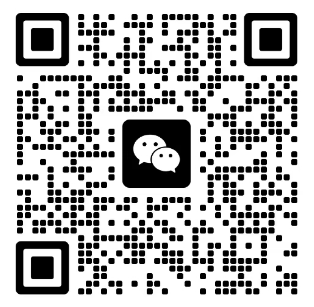A rangefinder is a common measuring tool used to measure the distance between objects. It is widely used in fields such as architecture, engineering, geographic surveying, sports and outdoor activities. This article will introduce how to use a rangefinder for distance measurement correctly.
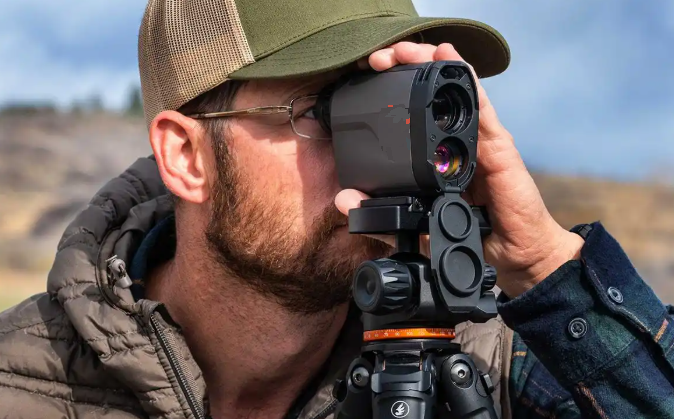
First, before using the rangefinder, make sure you have read and understood the instruction manual. Rangefinders of different brands and models may have different operating methods and functions, so it is very important to be familiar with the instruction manual.
Next, prepare. Make sure the battery of the rangefinder is charged and there is no damage before using it. Check that the lens of the rangefinder is clean and free of any dust or dirt to ensure accurate measurement results.
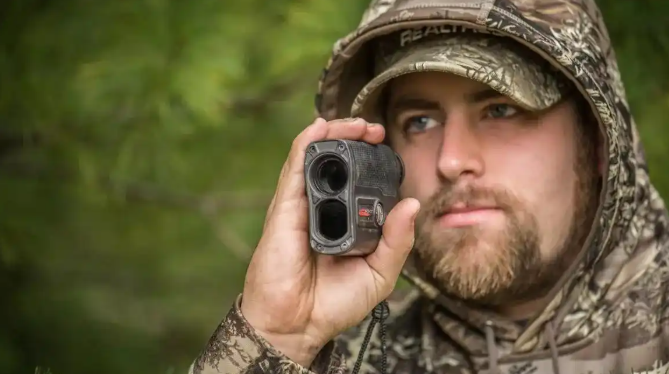
When using a rangefinder, first select the appropriate measurement mode. Most rangefinders offer different measurement options, such as single measurement, continuous measurement, and indirect measurement, etc. Select the appropriate mode according to your needs.
Before taking a distance measurement, determine your target object. Aim the target at the lens of the rangefinder and make sure your hand is steady. Look at the target through the lens and make sure that the laser or radar of the rangefinder is emitted on the target.
Press the measurement button and wait for the rangefinder to complete the measurement. While waiting, keep the rangefinder stable and avoid any movement or vibration that may affect the accuracy of the measurement results.
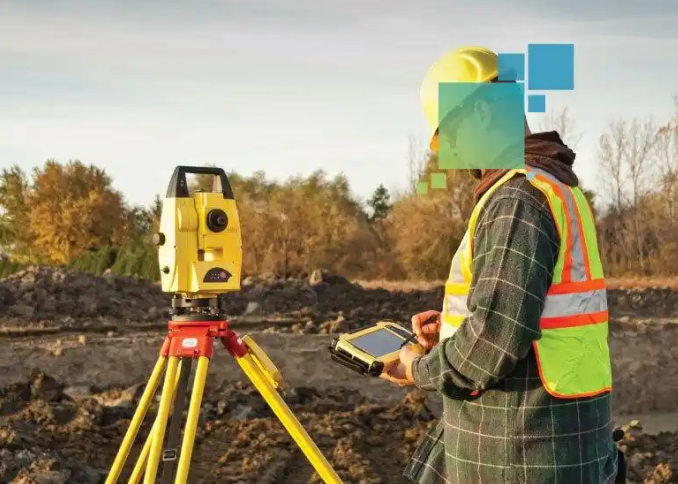
After the rangefinder has completed the measurement, the measurement result will be shown on the display. This may be a numeric value indicating the distance between two objects, such as in meters (m) or feet (ft). Some rangefinders can also provide other related information, such as angles or height differences.
In continuous measurement mode, the rangefinder can continuously measure the distance between different targets without pressing the measurement button each time. This is very useful for situations where you need to measure multiple targets quickly, such as measuring the distance of multiple points or continuously monitoring the position of a moving object.
In addition to direct measurement, the rangefinder can also perform indirect measurement. For example, by measuring the length of two sides of a triangle and an angle, the length of the third side can be calculated using trigonometric functions. This is very useful when measuring height or distances that cannot be measured directly.
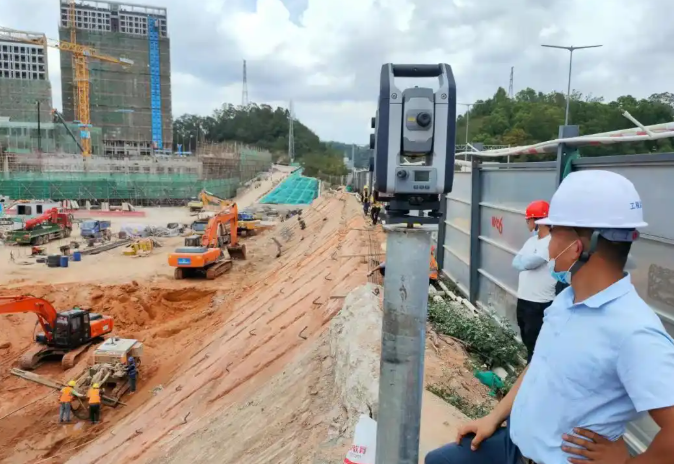
There are a few things to note when using a rangefinder:
1. Avoid using the rangefinder in strong sunlight, as sunlight may affect the measurement results.
2. Make sure the surface of the target object is smooth and free of reflectors or interference to obtain accurate measurement results.
3. Keep the rangefinder stable while using it and avoid any movement or shaking to ensure the accuracy of the measurement results.
4. Clean the rangefinder lens regularly to maintain its working effect and accuracy.
Onick 12K, 20km binocular laser rangefinder adopts binocular observation and is used for daytime reconnaissance. Onick 12K, 20km binocular long-distance laser rangefinder consists of modules such as white light, ranging, Beidou/GPS positioning, magnetic compass orientation, WIFI, Bluetooth, and comprehensive processing (including power supply unit). It is an eye-safe laser rangefinder with external trigger ranging function, which can display its own positioning and target positioning, orientation, distance information, and power information.
Product features:
1. Ultra-long-distance binocular observation, eye-safe laser rangefinder;
2. With Beidou and GPS positioning functions, magnetic compass orientation, and target positioning functions;
3. Support WIFI and Bluetooth output data, external trigger ranging function;
4. Can display its own positioning and target positioning, orientation, distance information, and power information;
Application field:
It can be widely used in night reconnaissance, hunting, outdoor activities and other specific application fields.


